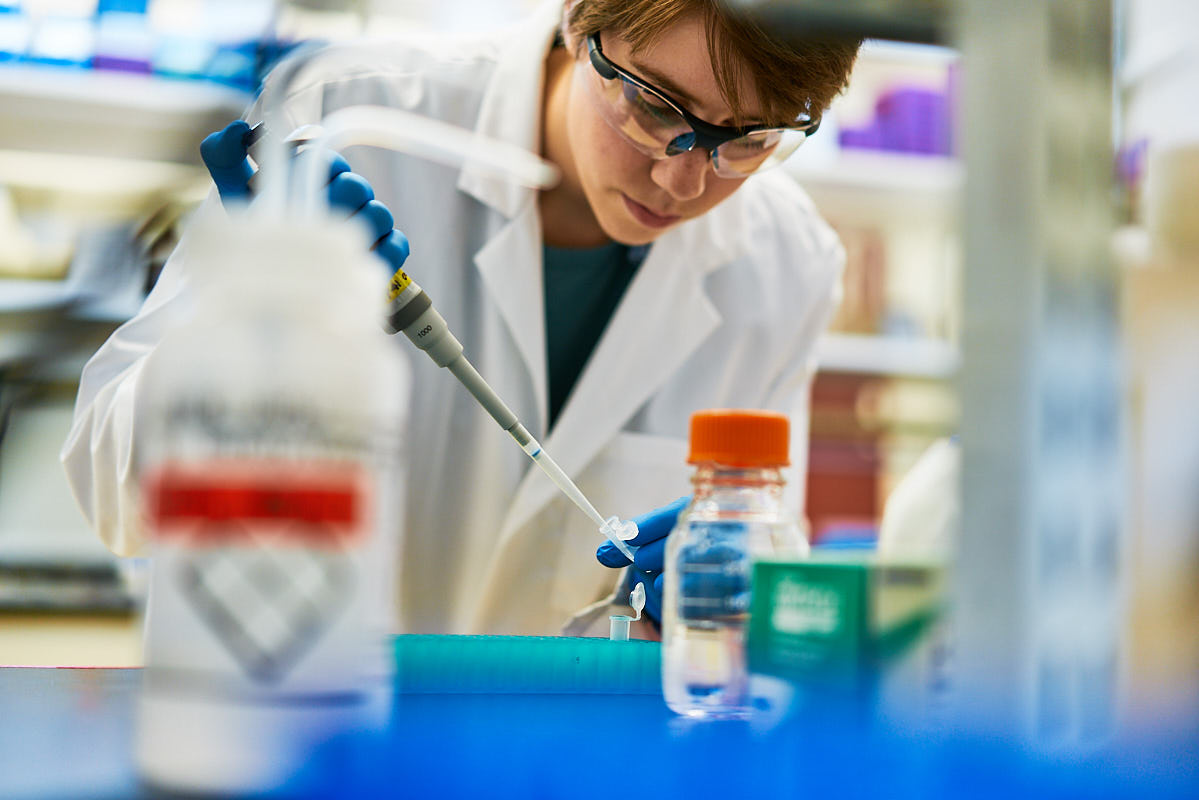ABOUT THE LAB
The Hong group is located in the Francis Bitter Magnet Lab (FBML) in Building NW14 of the MIT campus. The group occupies 3510 square feet of instrumentation space, 1890 square feet of biochemical laboratory space, and 860 square feet of office space for students and postdoctoral fellows. The group has 100% usage of three NMR spectrometers, operating at magnetic field strengths of 9.4 T, 14.1 T and 18.8 T, corresponding to 1H Larmor frequencies of 400 MHz, 600 MHz and 800 MHz. In addition it has 25% access to the shared 900 MHz NMR spectrometer at the MIT/Harvard Center for Magnetic Resonance. The 400, 600, and 800 MHz spectrometers are equipped with 10 triple-resonance magic-angle-spinning (MAS) probes with rotor diameters of 1.3 mm, 1.9 mm, 3.2 mm and 4 mm, which together allow the measurement of 1H, 13C, 15N, 2H, 19F, 31P NMR spectra. All spectrometers are helium-recovered, as are most of the NMR spectrometers in the FBML since summer 2017. Liquid nitrogen is obtained from a nitrogen tank outside the building.
The Hong group’s biochemical laboratory space contains one room for protein expression, purification and membrane sample preparation and another room for peptide synthesis and purification. Six fume hoods and a 4˚C cold room are available. The laboratory has standard biochemical instruments for protein expression, purification, membrane reconstitution, and sample storage. A custom-designed fast-flow peptide synthesizer allows semi-automated synthesis of hydrophobic membrane peptides at a rate of 3 min/residue. Shared equipment include FPLC and ultracentrifuges in the FBML, MALDI-TOF and ESI mass spectrometers, circular dichroism instruments and fluorimeters at the Koch Institute, Building 16, Building 68 and other locations on campus, and solution NMR spectrometers in the Department of Chemistry Instrumentation Facility.
400 MHz Spectrometer

Find out more about the Hong Lab research








